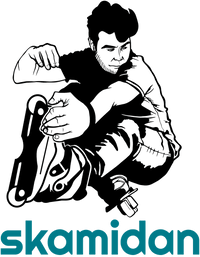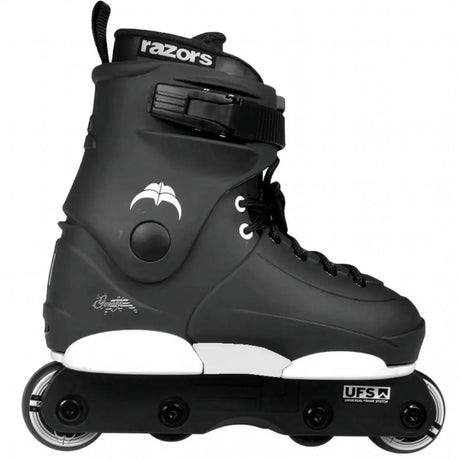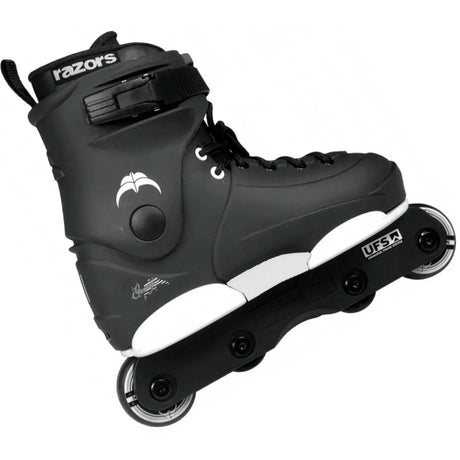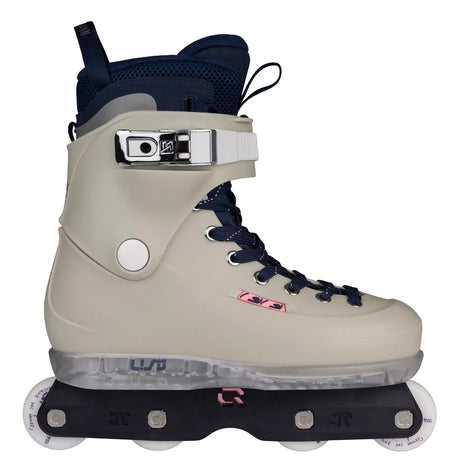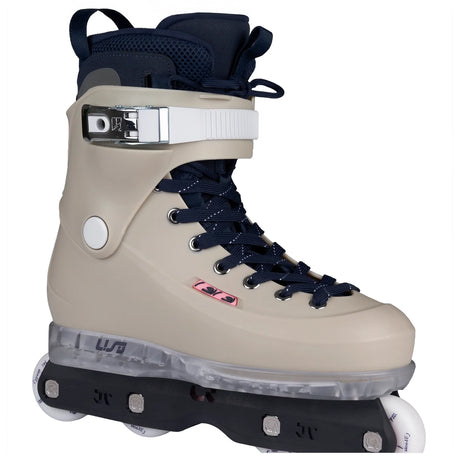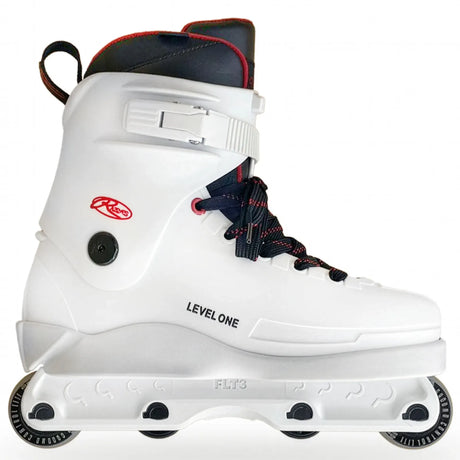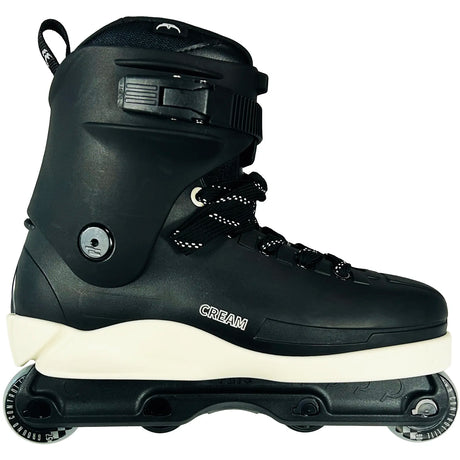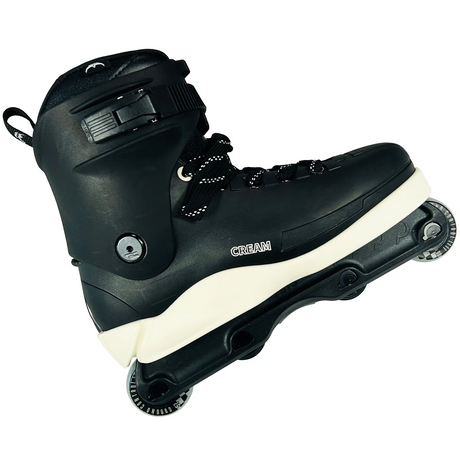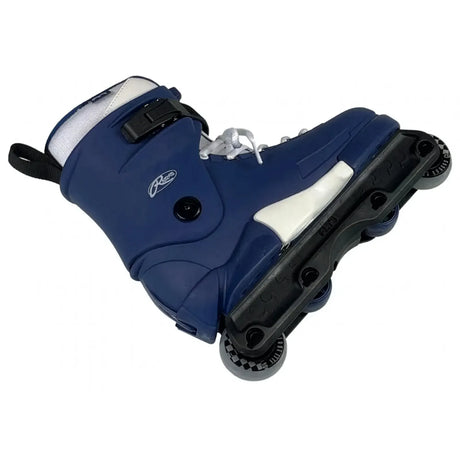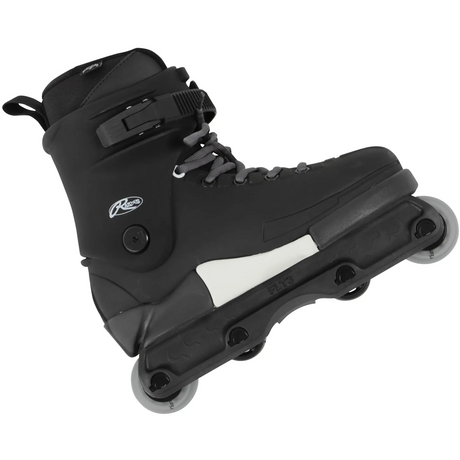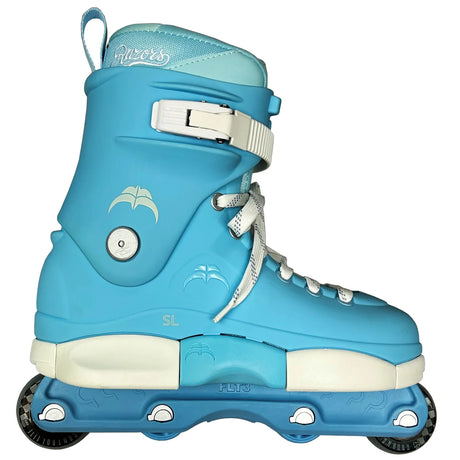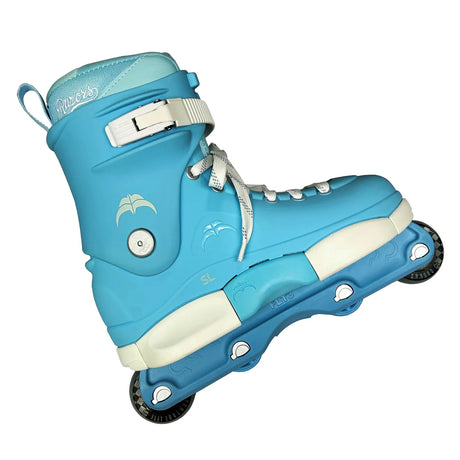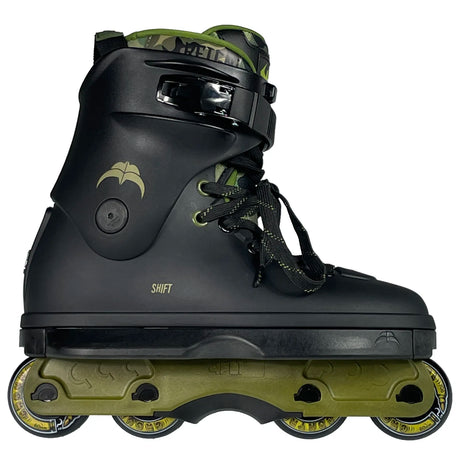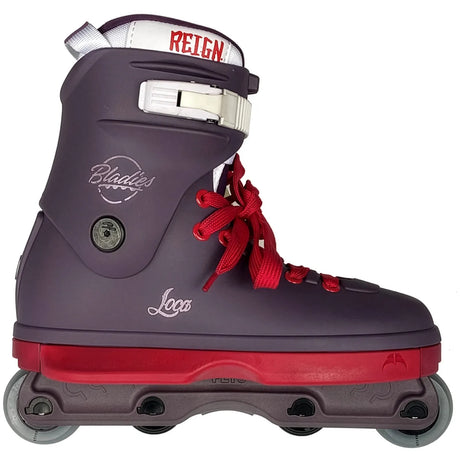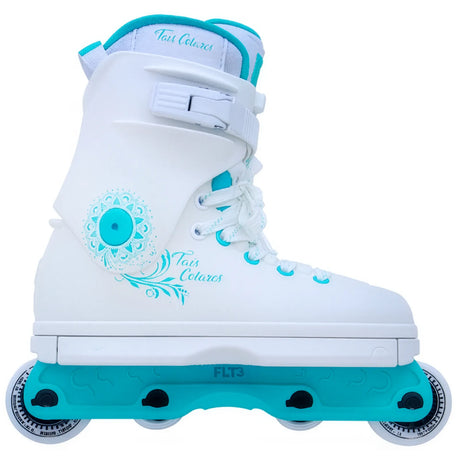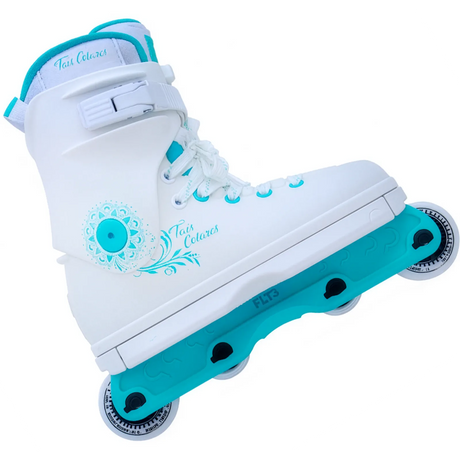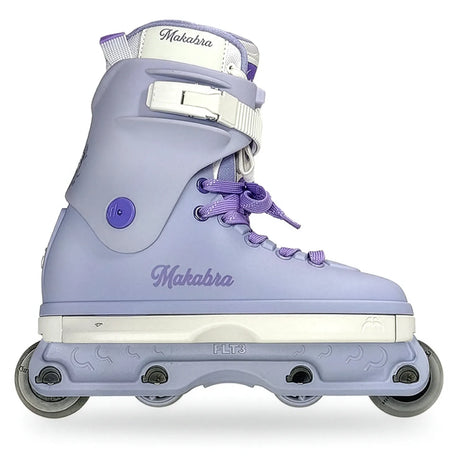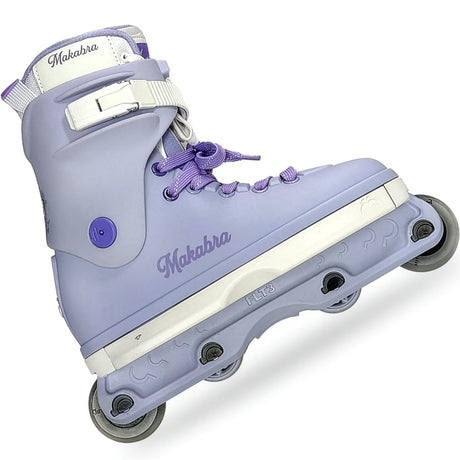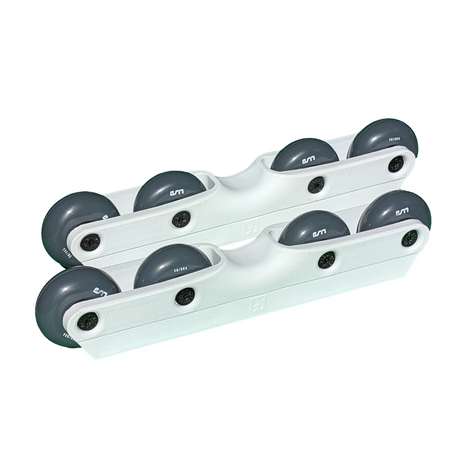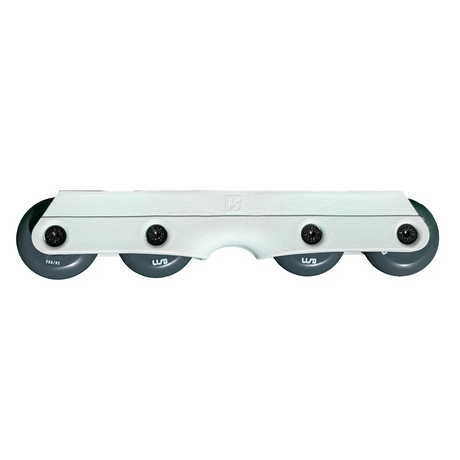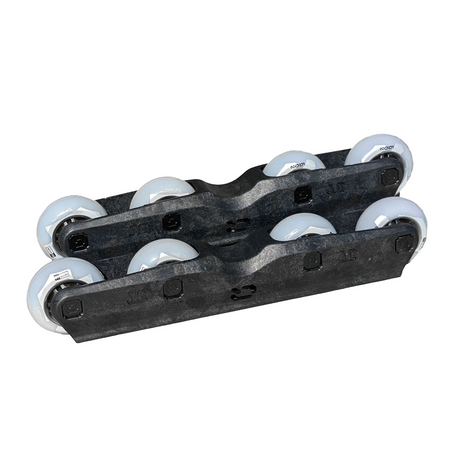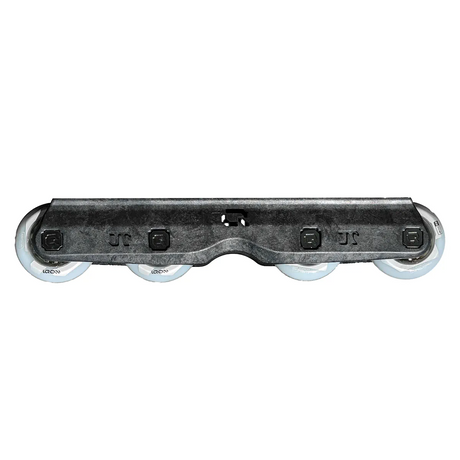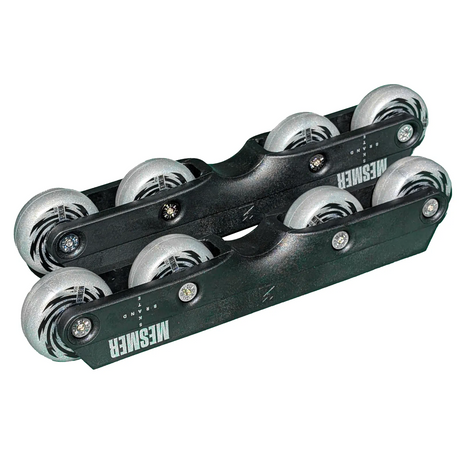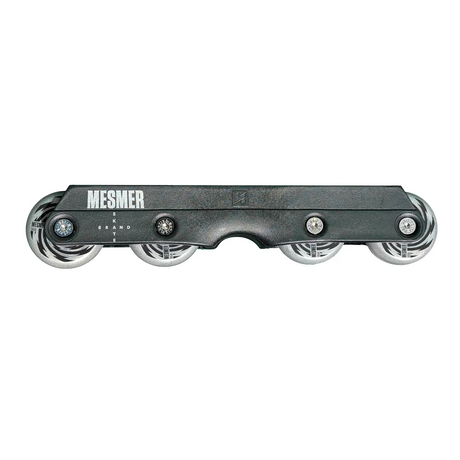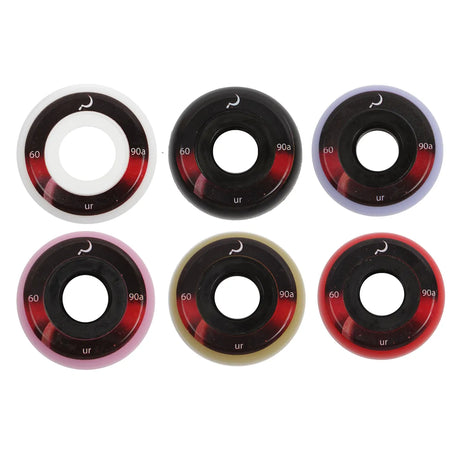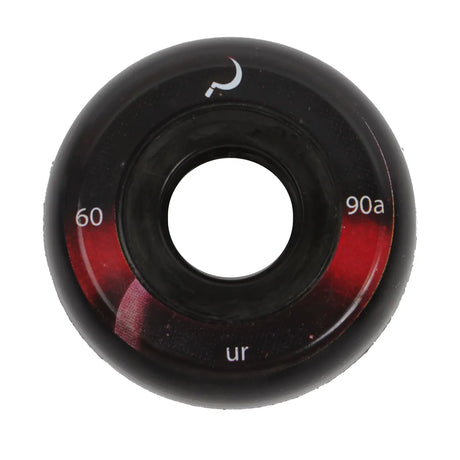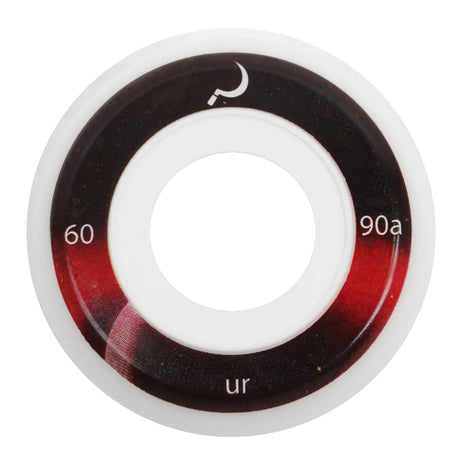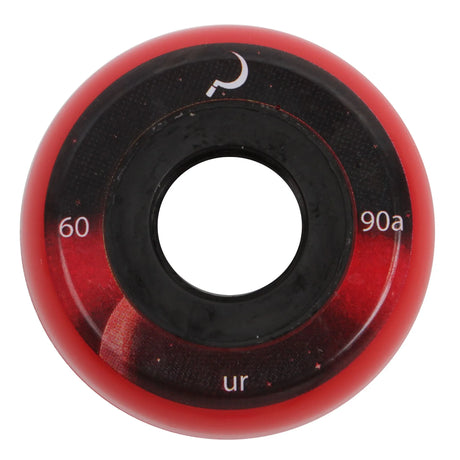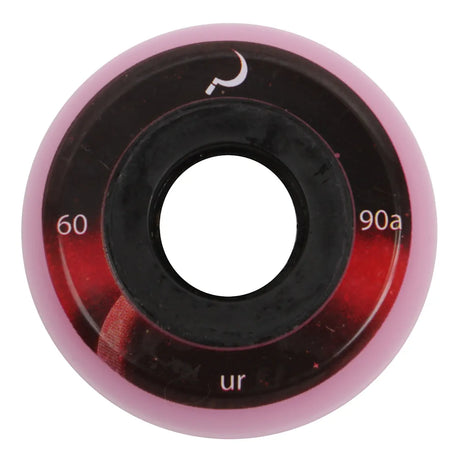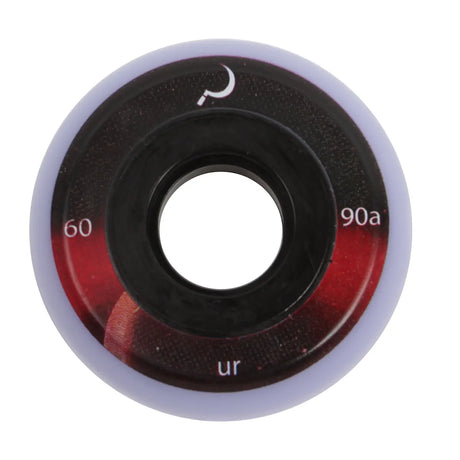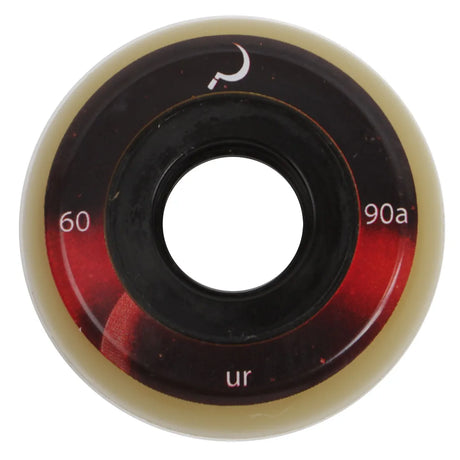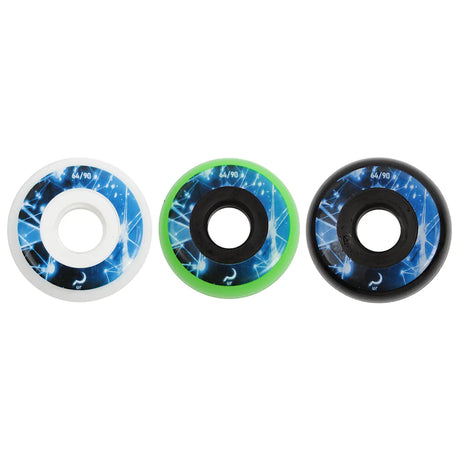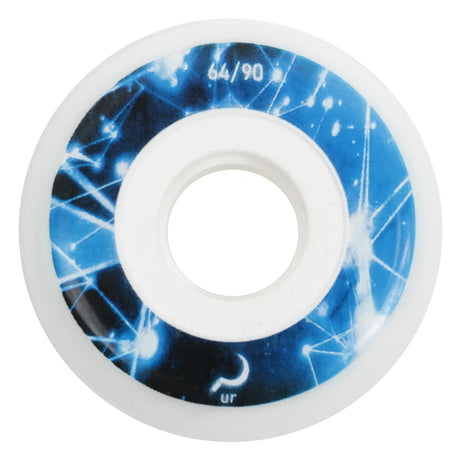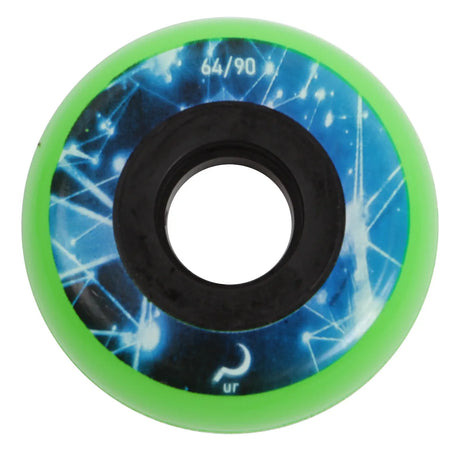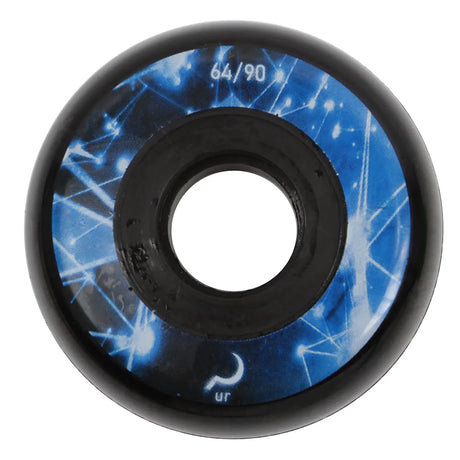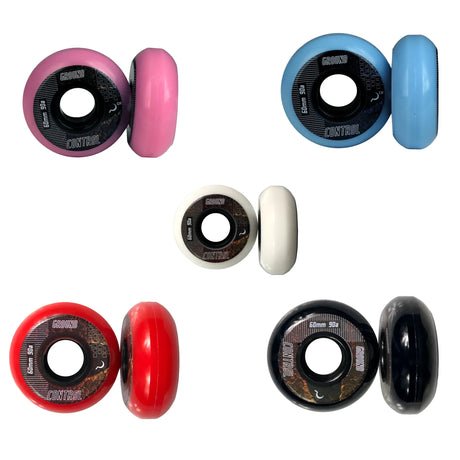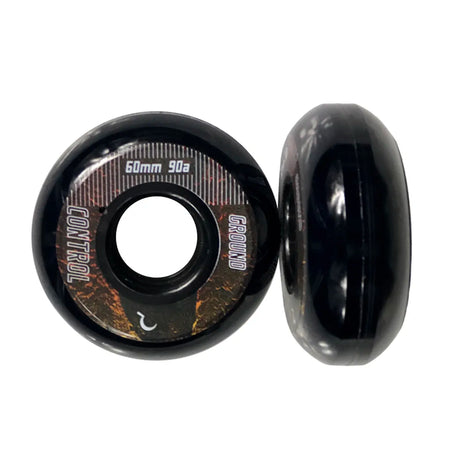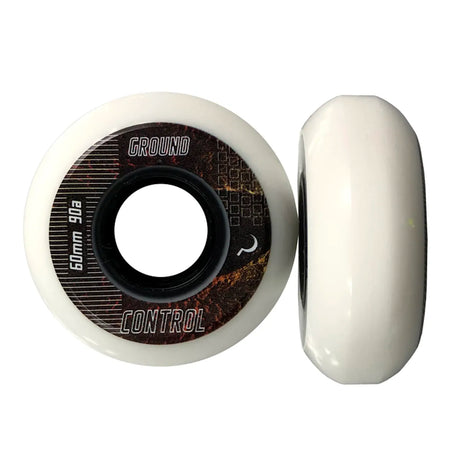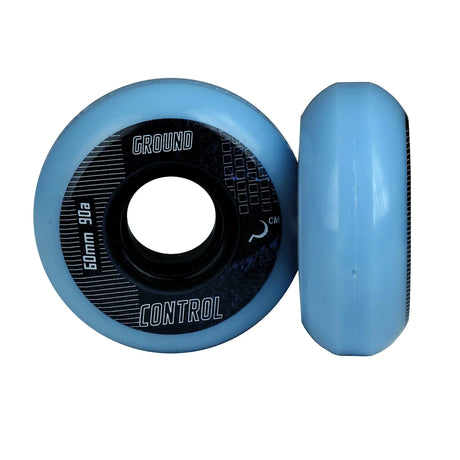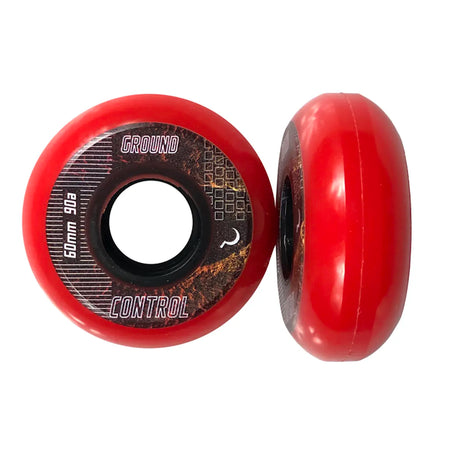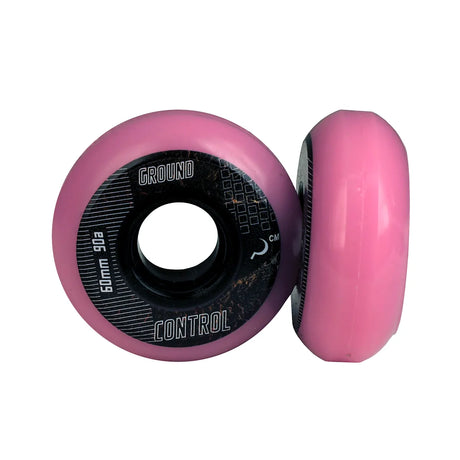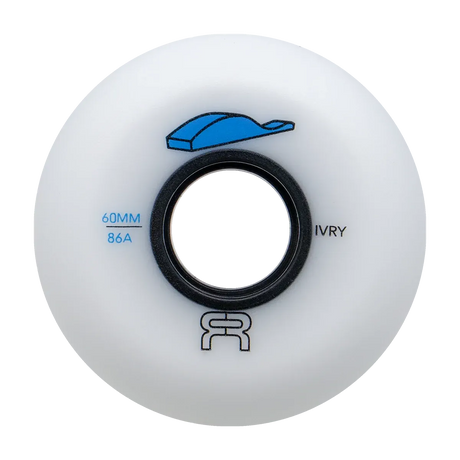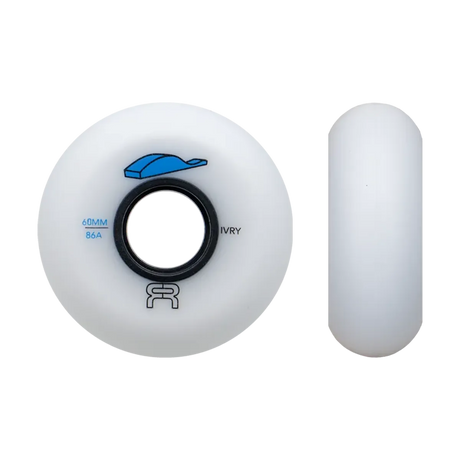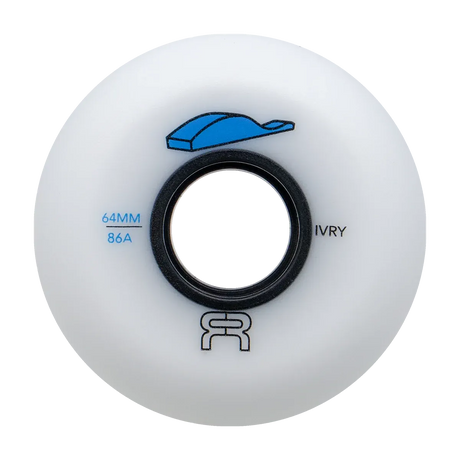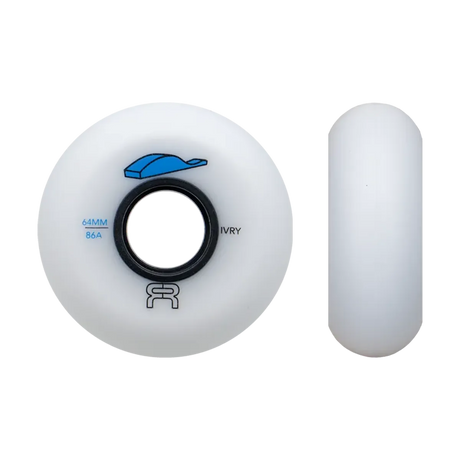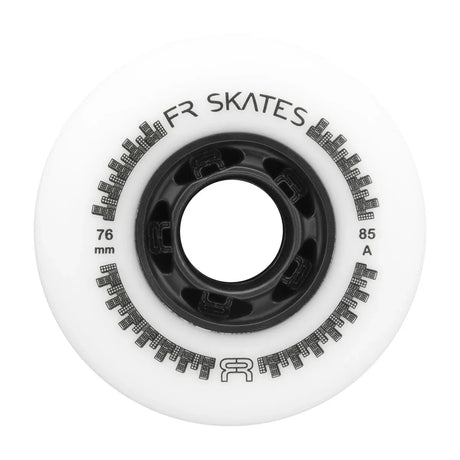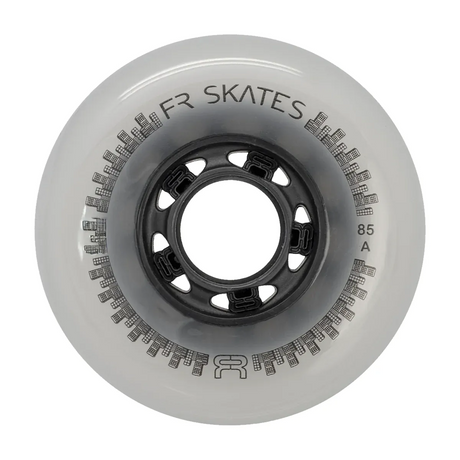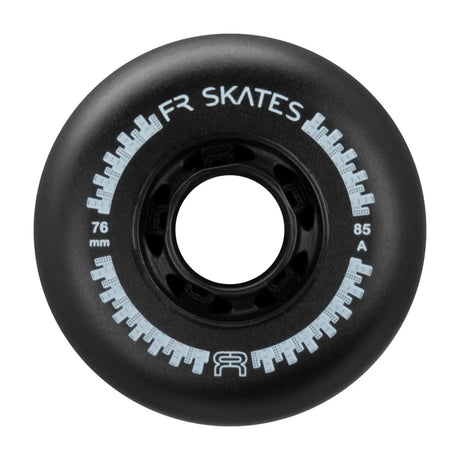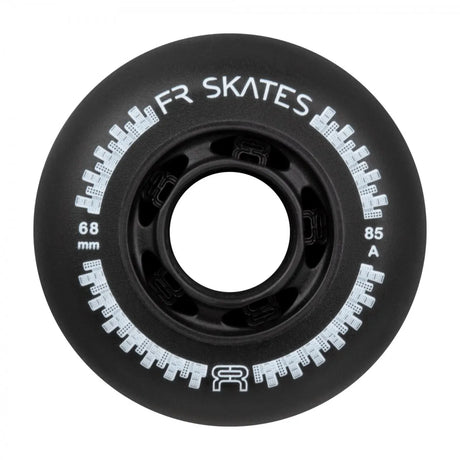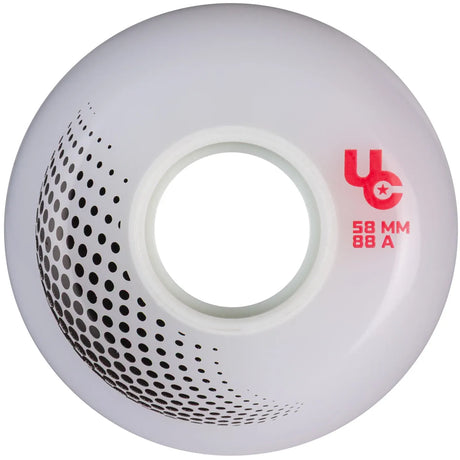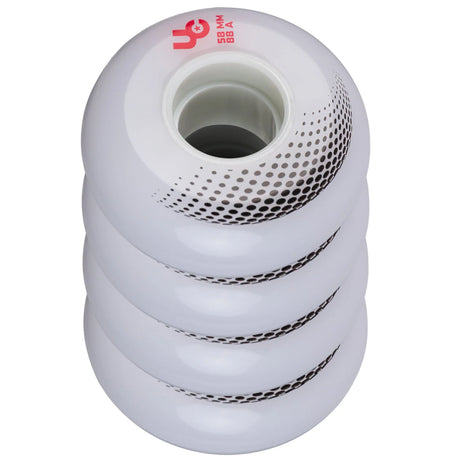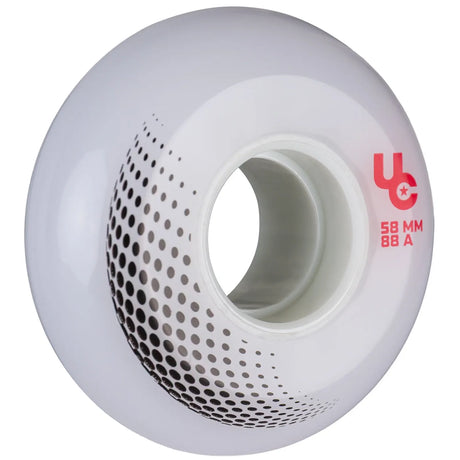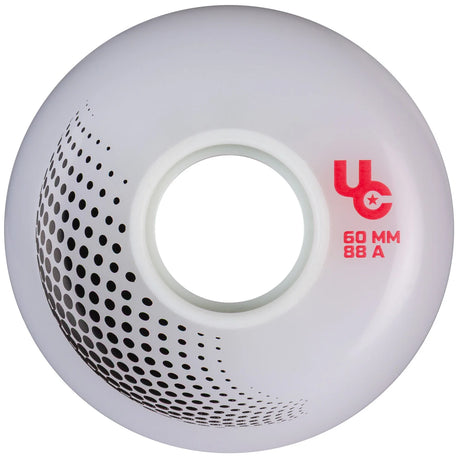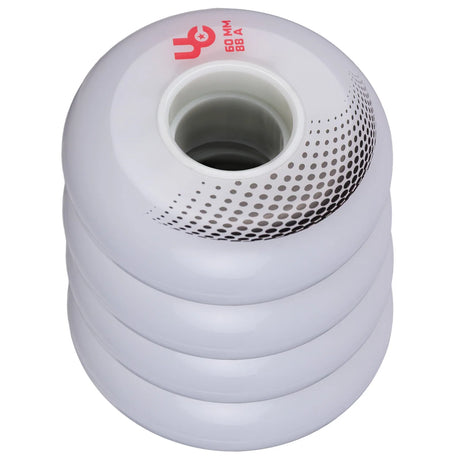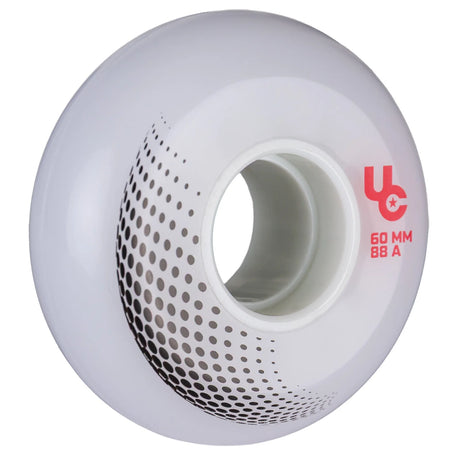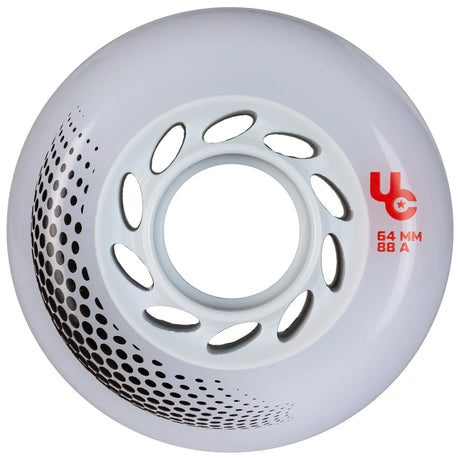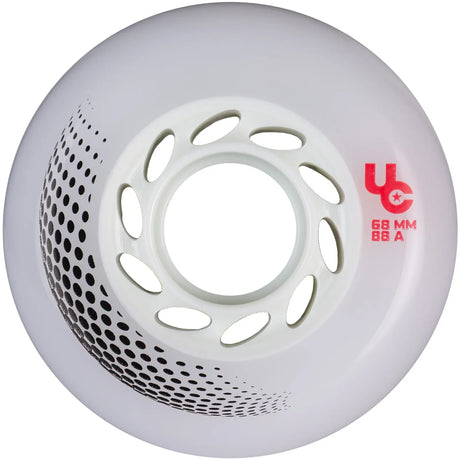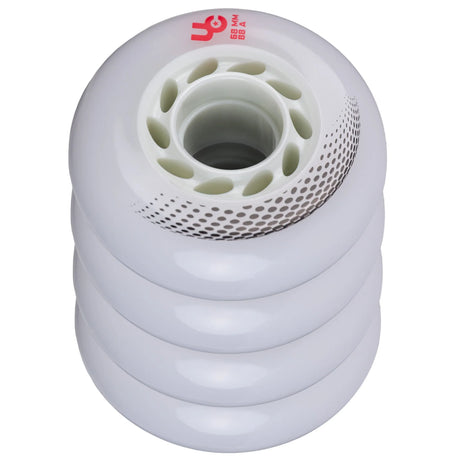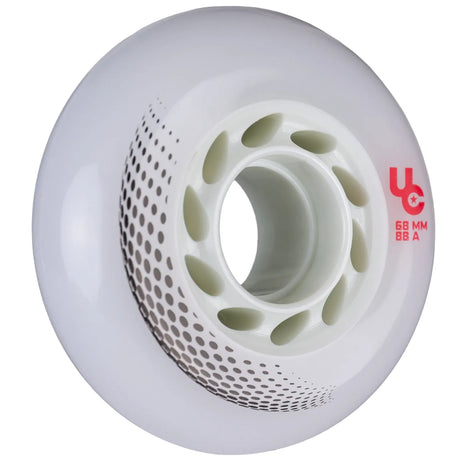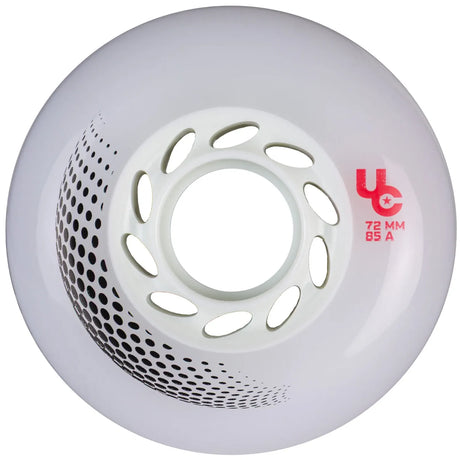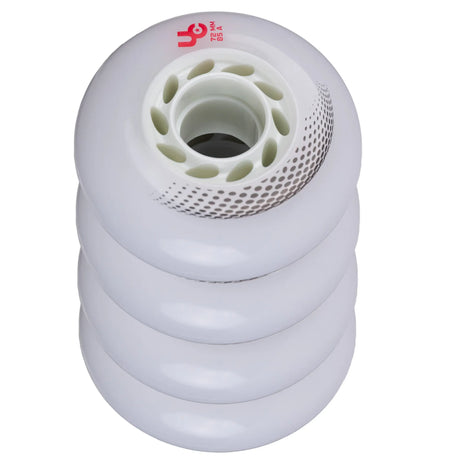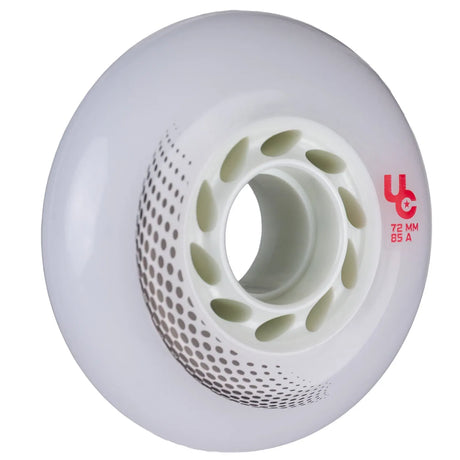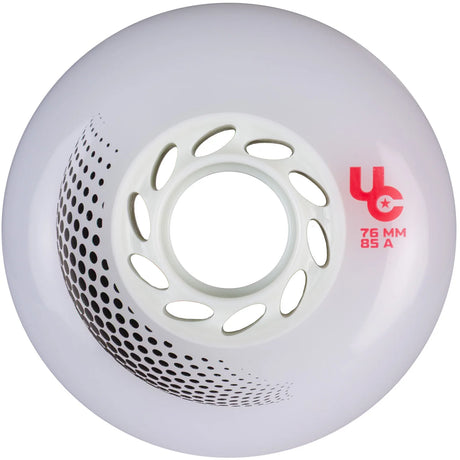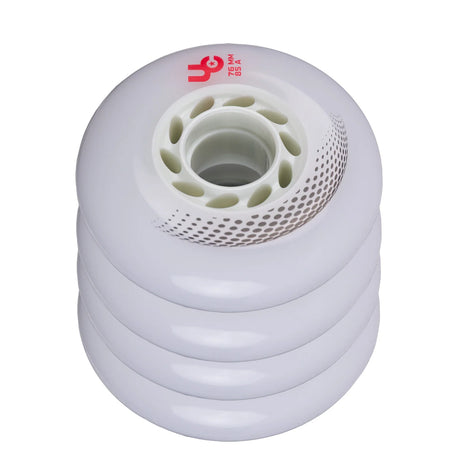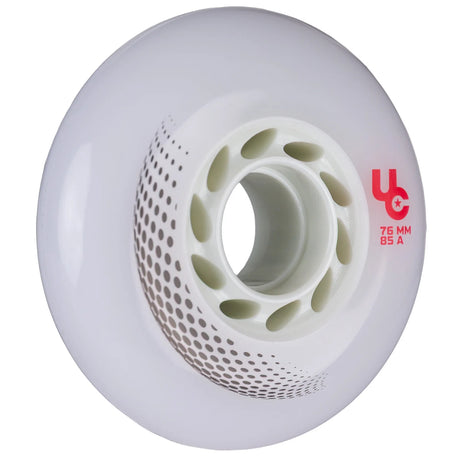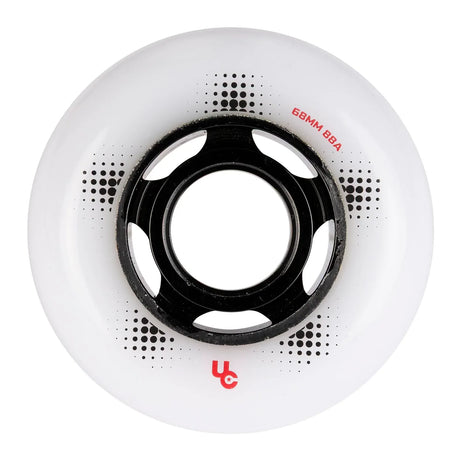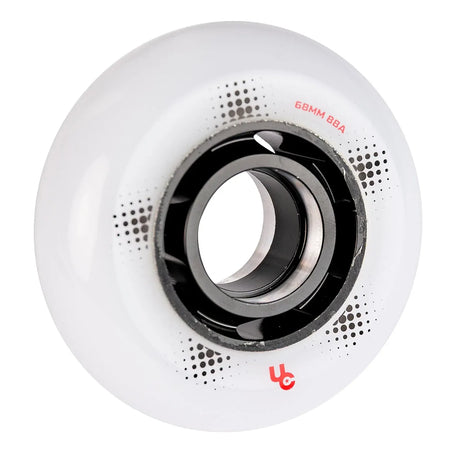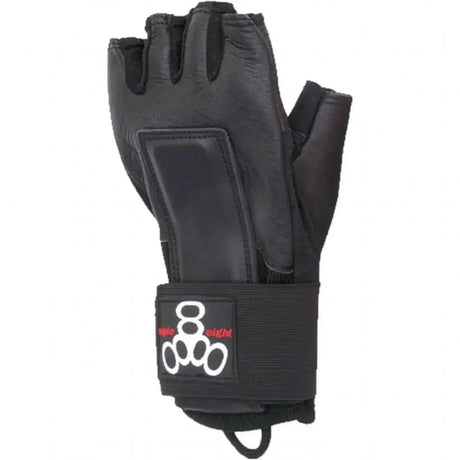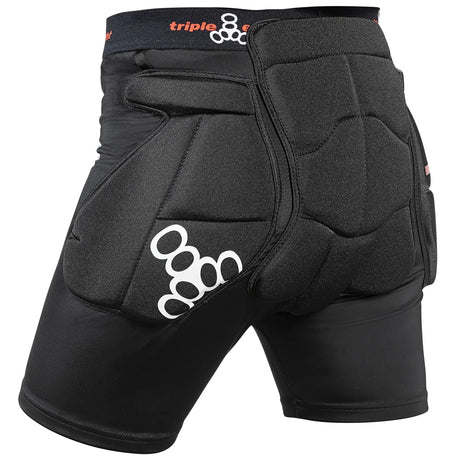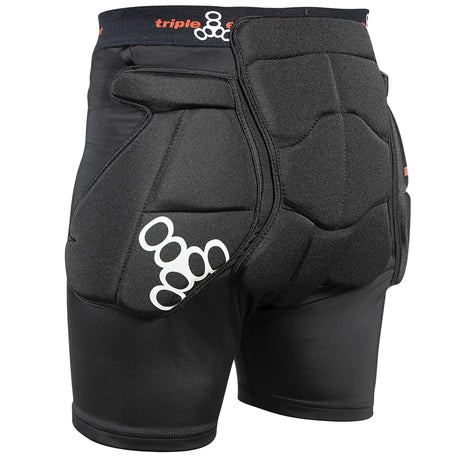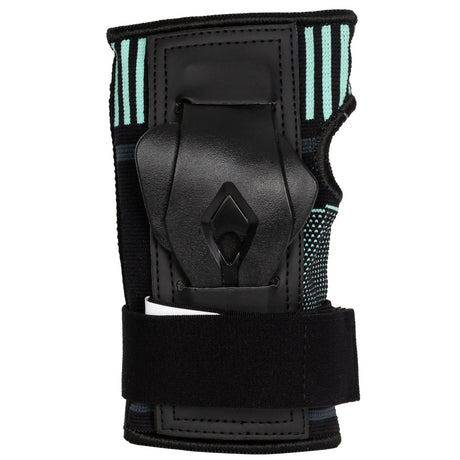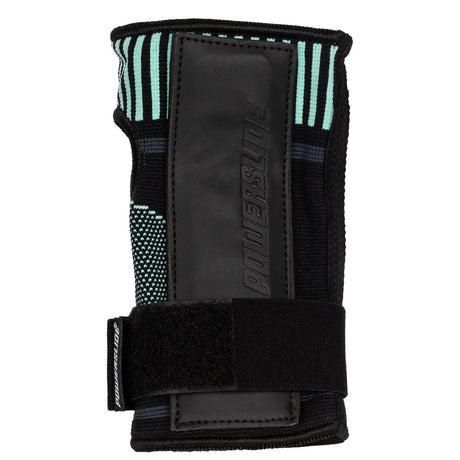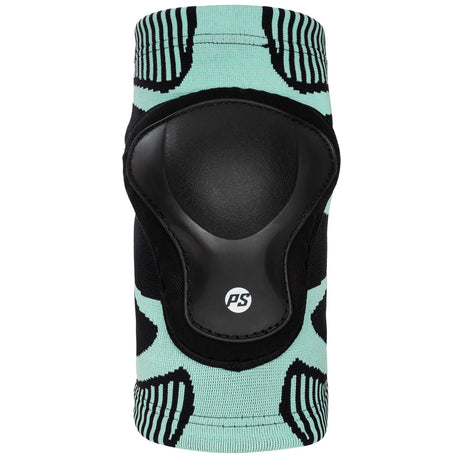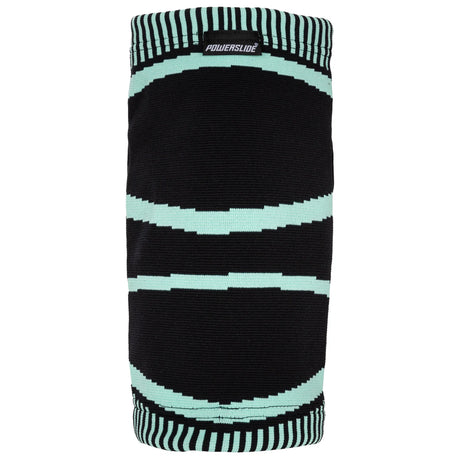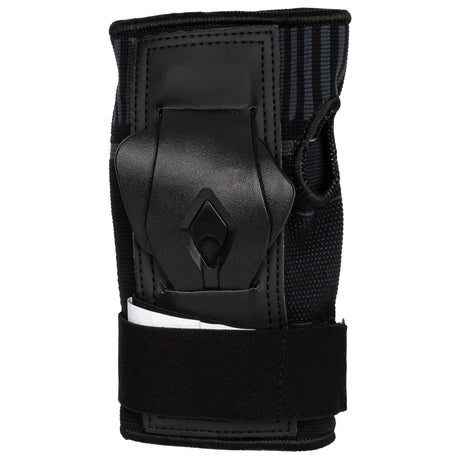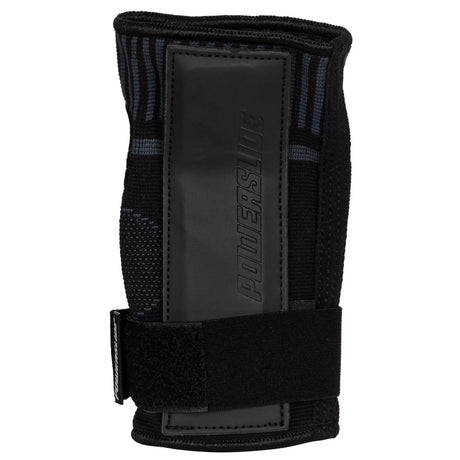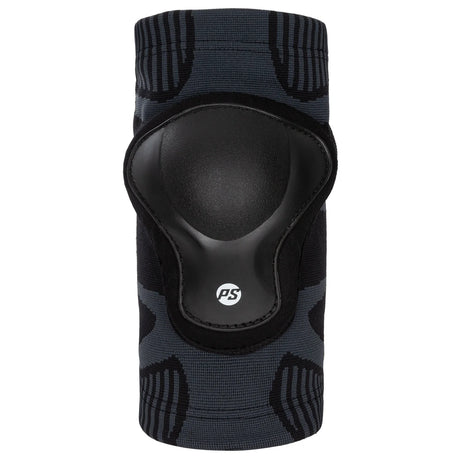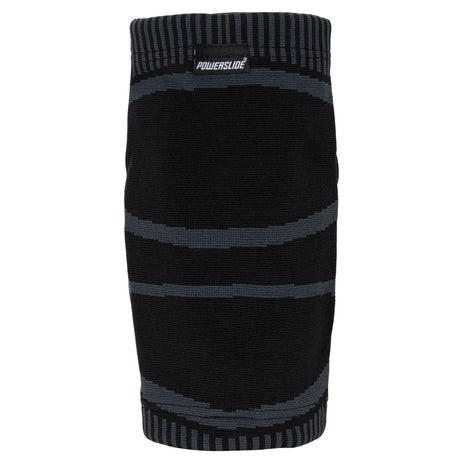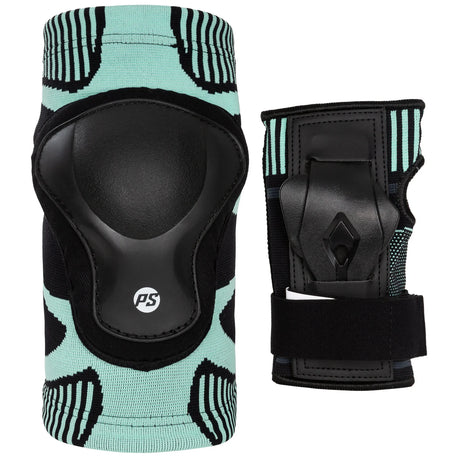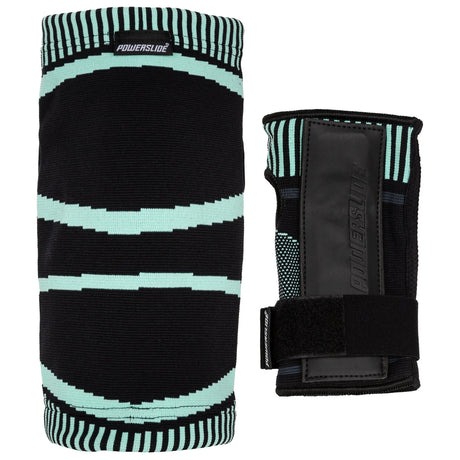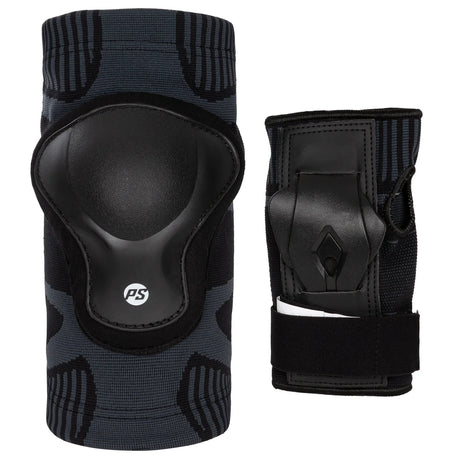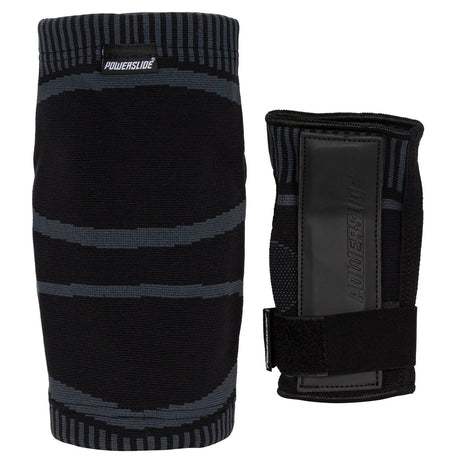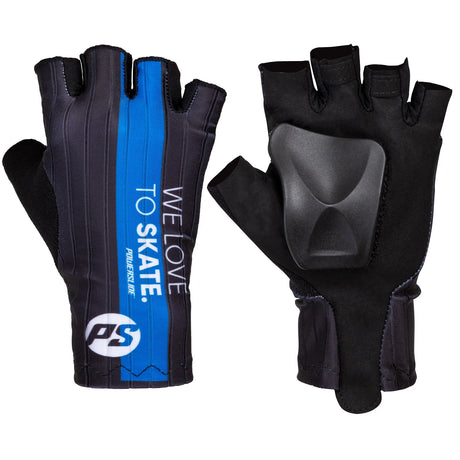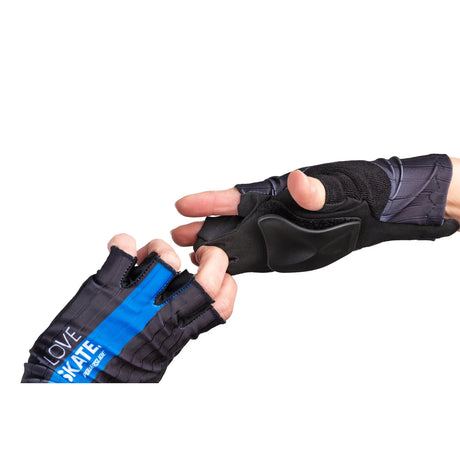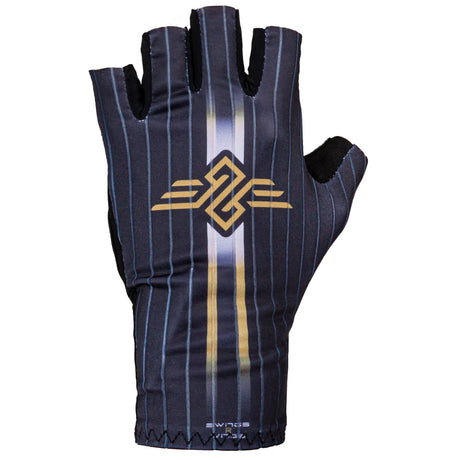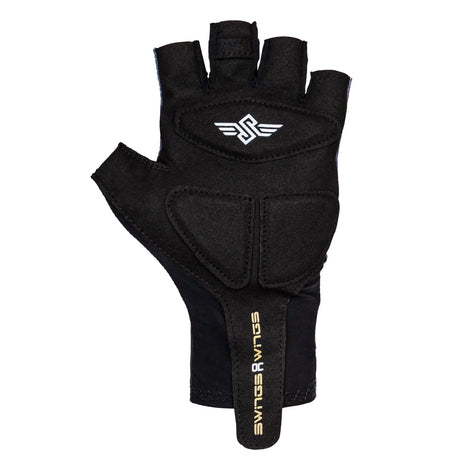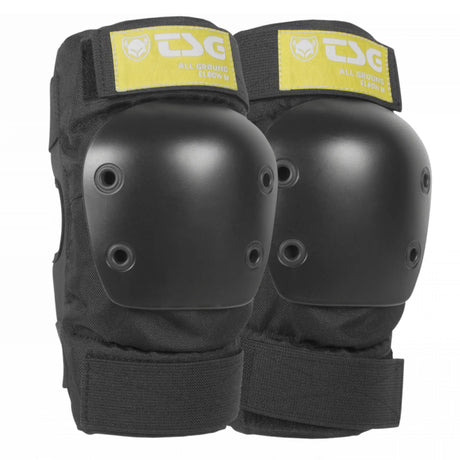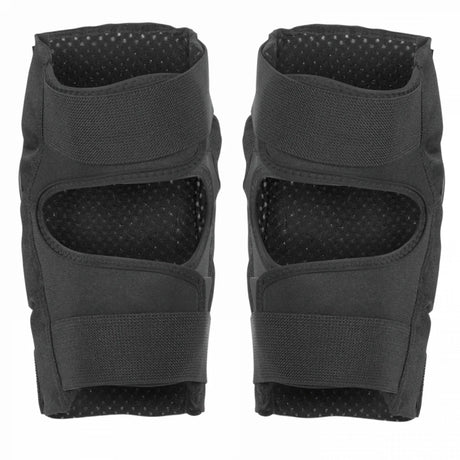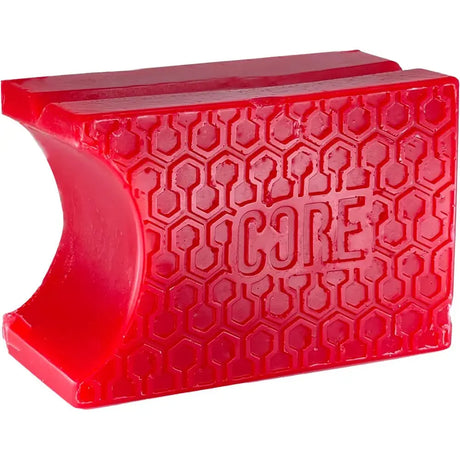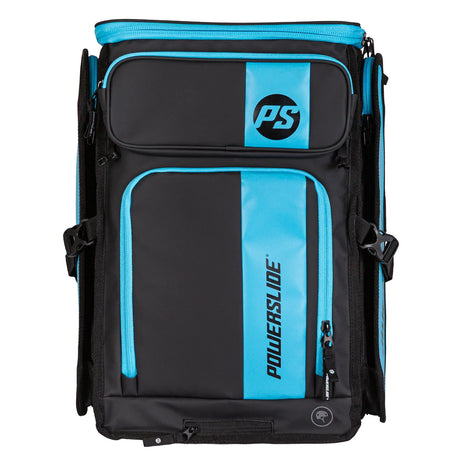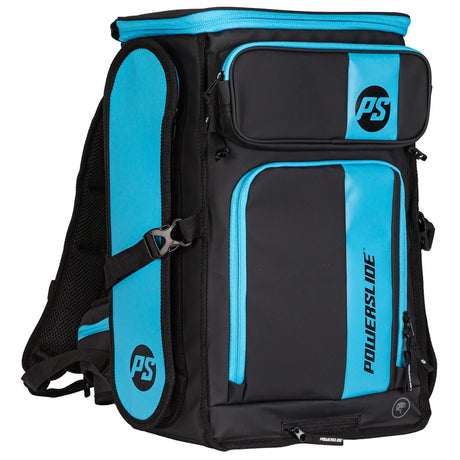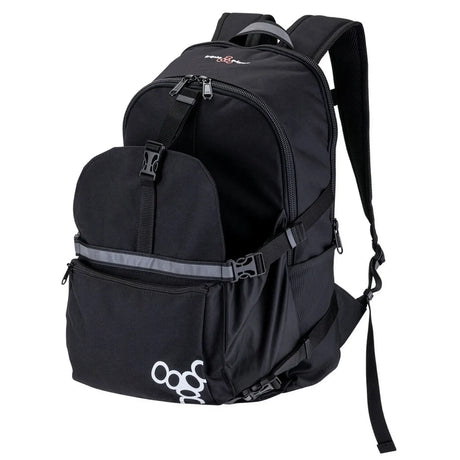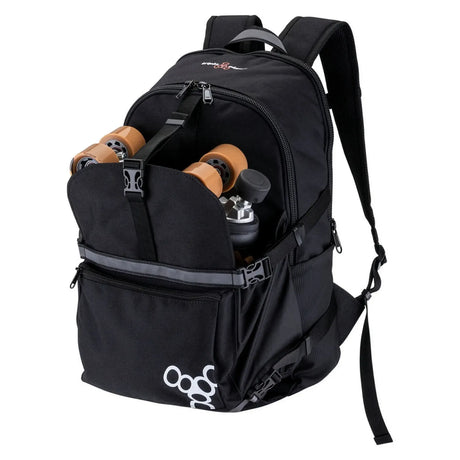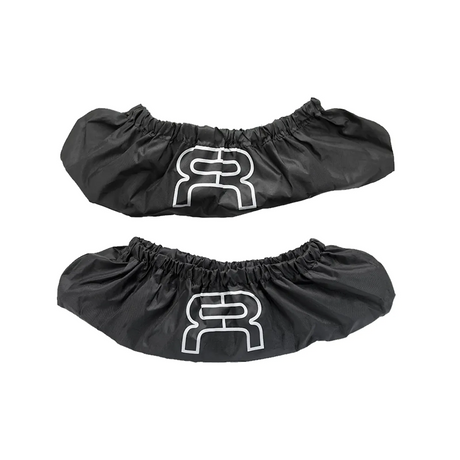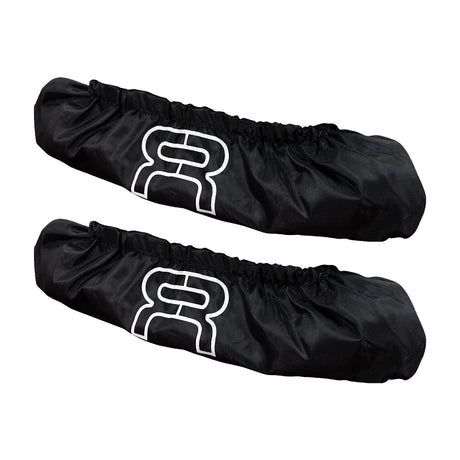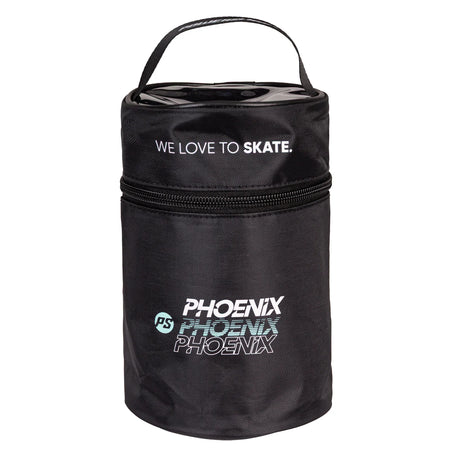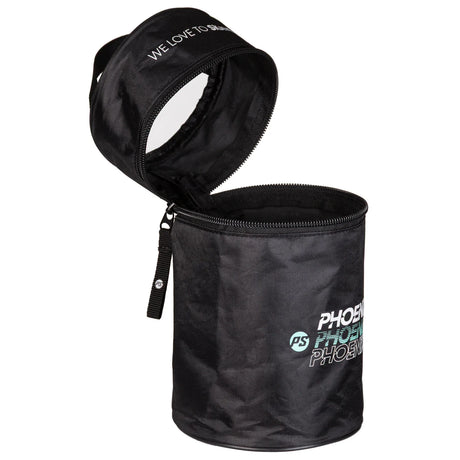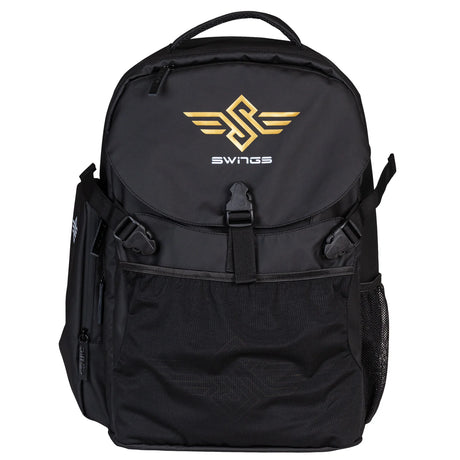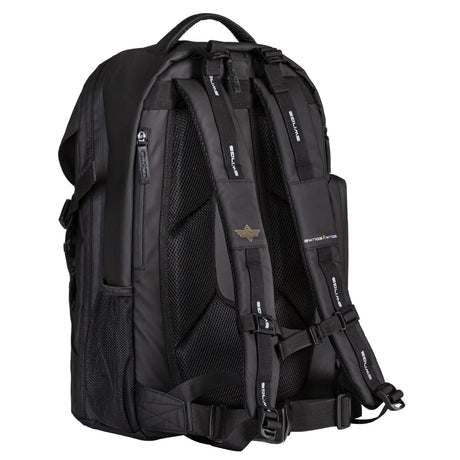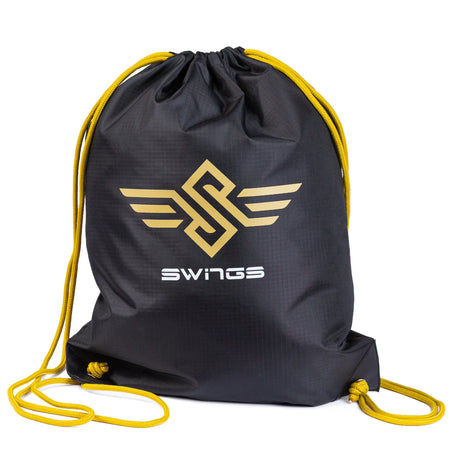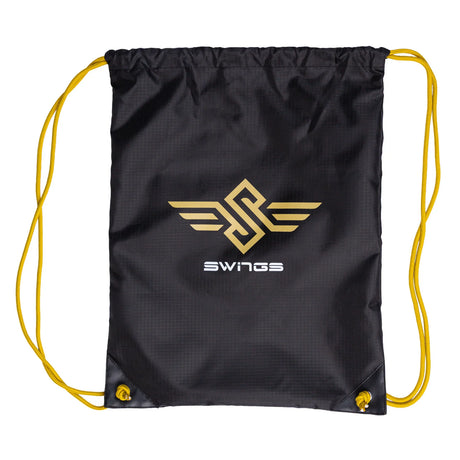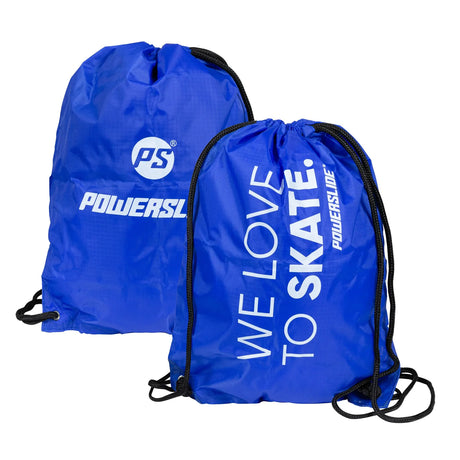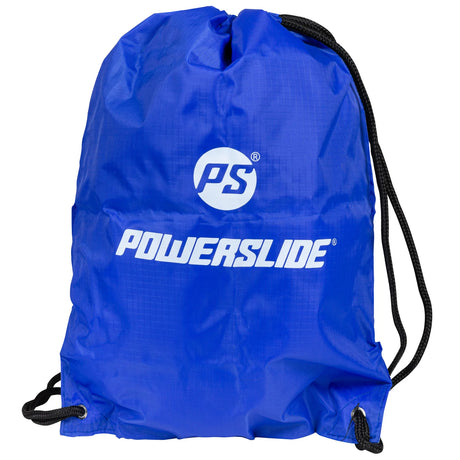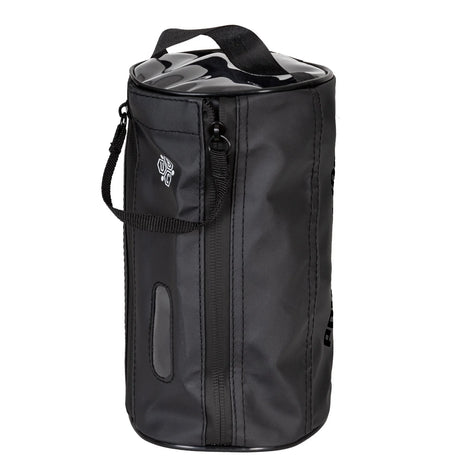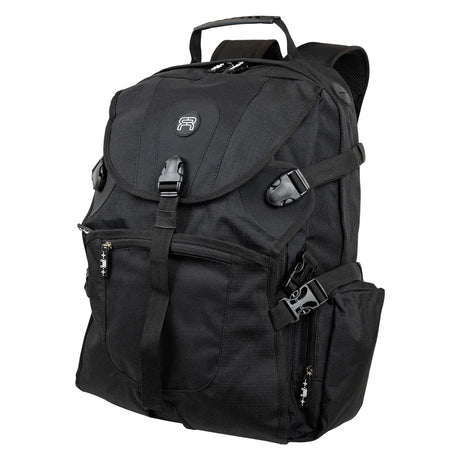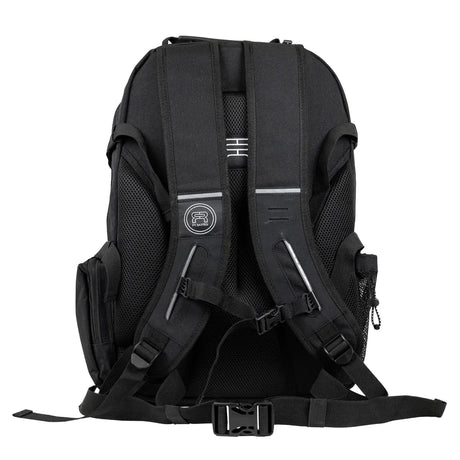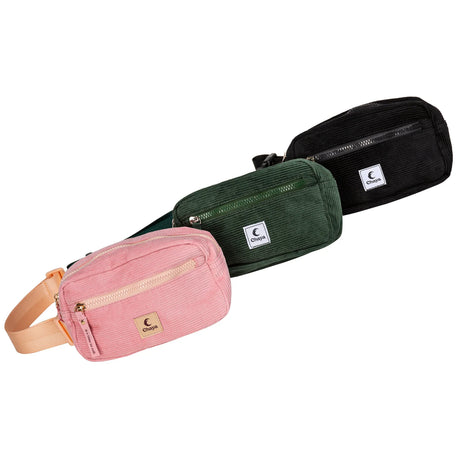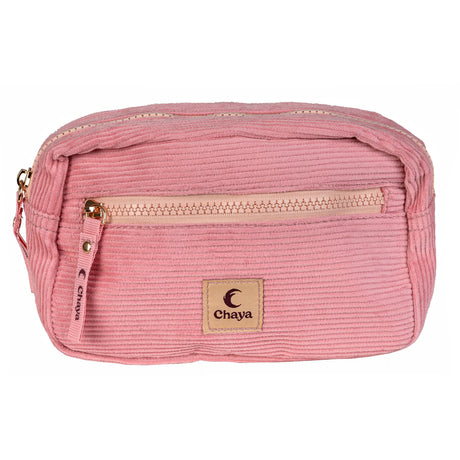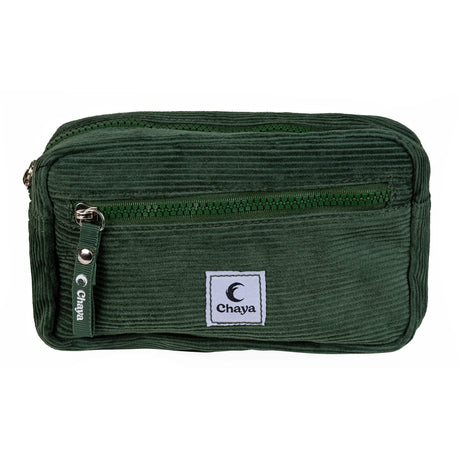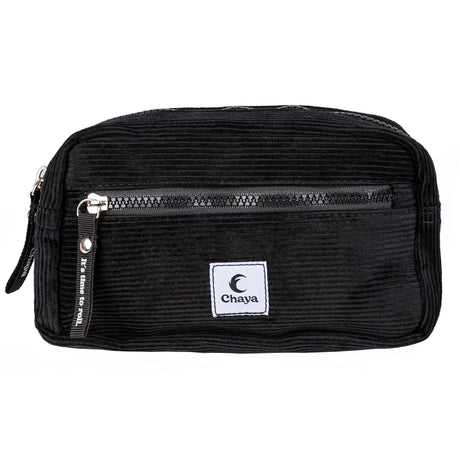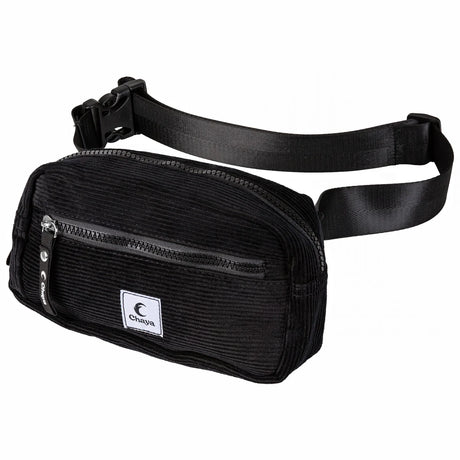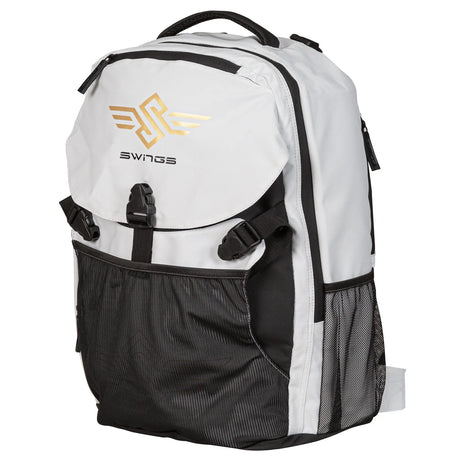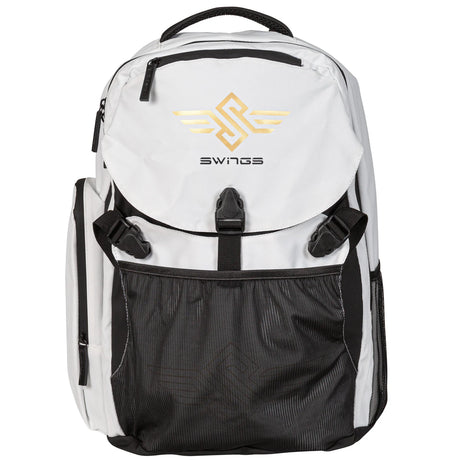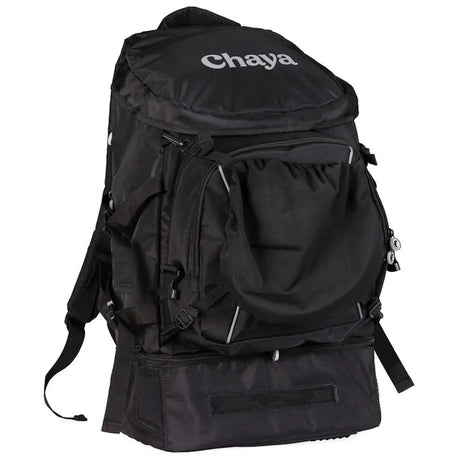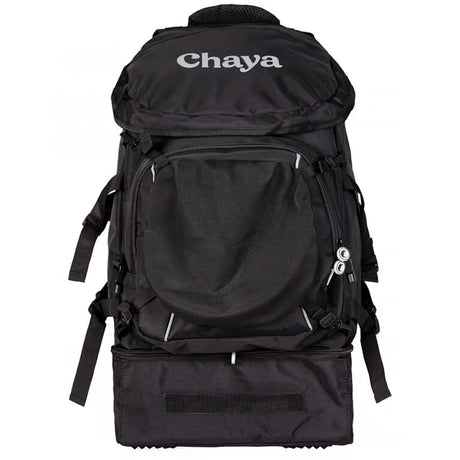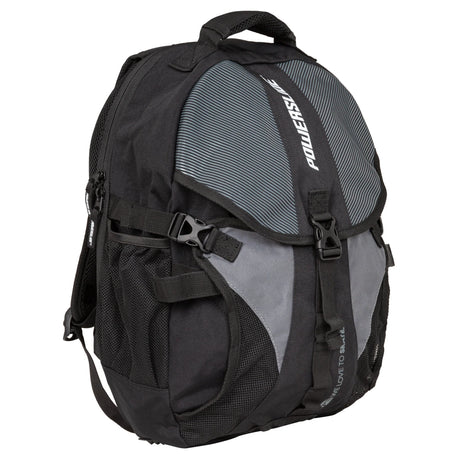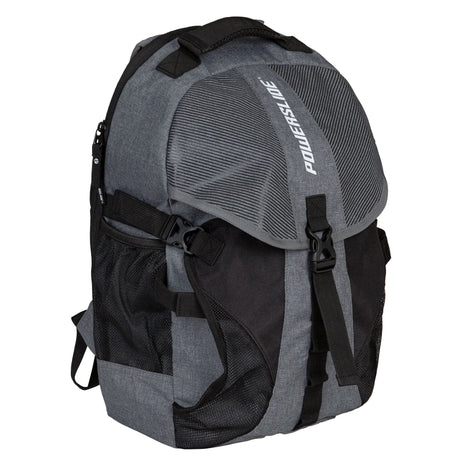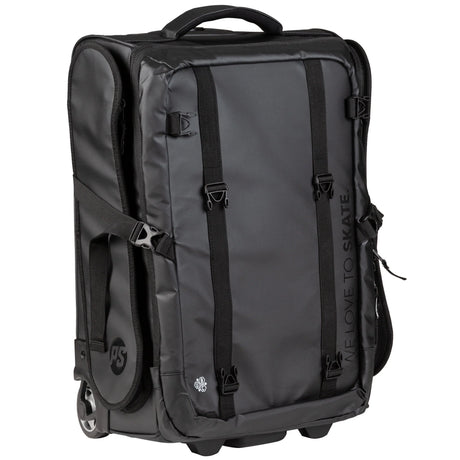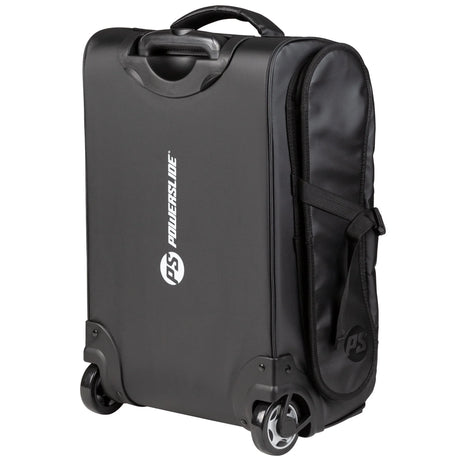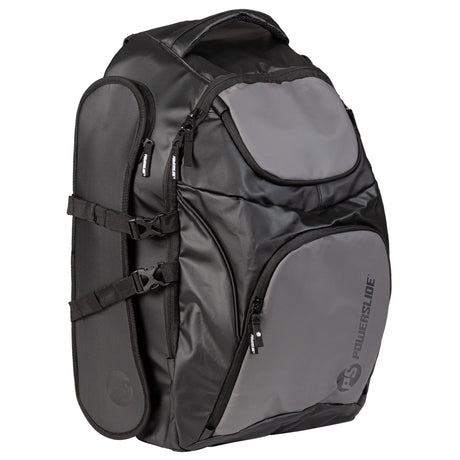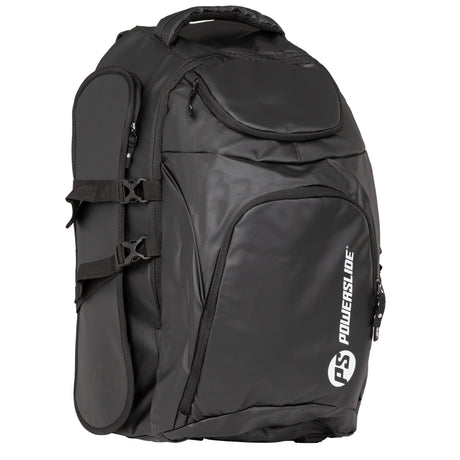
Aggressive Inline Skating Buyer's Guide
The Right Equipment
Aggressive Inline Skating is the most extreme form of inline skating.
It’s not just about getting from point A to point B, it’s about performing spectacular tricks, high jumps, slides, and grinds. This intense level of stress requires specialized equipment that is significantly more robust than what’s used in conventional fitness or recreational inline skating.
In this blog, you’ll learn which gear you really need, why you should absolutely avoid using classic softboots, and why high-quality protective gear is essential for aggressive skating.
The Right Equipment for Aggressive Inline Skating
Table of Contents
Thanks to the following table of contents, you’ll quickly and easily find all the information you need to choose your ideal gear for aggressive inline skating.
- What Matters Most in Aggressive Inline Skates?
The most important features and what to look out for when buying your new aggressive skates.
View section - Aggressive Frames and Wheels – Differences, Advantages and Disadvantages
Flat, antirocker, freestyle – length, size, hardness, and profile.
View section - The Right Protective Gear Matters!
Optimal protection prevents injuries, builds confidence, and helps you progress faster.
View section - Grind Wax and Practical Accessories
Grind wax makes your grinds smoother, and the right backpack has room for everything: skates, snacks, drinks, and all you need for your session.
View section
The Most Important Features of Aggressive Inline Skates
What Matters Most in Aggressive Inline Skates?
You’re wondering how aggressive inline skates differ from regular recreational skates and why they are essential for stunt and park skating? Below, we’ve clearly outlined and explained the most important features:
Sturdy Hardboot or Carbon Shell
Aggressive inline skates come with a durable hard shell boot or a stiff carbon shell. These not only offer reliable protection in case of falls but also provide the support needed for high-impact moves and a wide range of tricks.
Without the stability of such a boot, the risk of twisting your ankle during grinds or landings from high airs would be very high.
Also, tricks are hard to perform precisely and in a controlled manner without a snug fit and good power transfer.
Soulplates and H-Blocks for Grinding
- Soulplates are a key feature of aggressive skates, they’re not called the “soul” of the skate for nothing.
They sit between the boot and the frame (where the wheels are mounted) and extend significantly beyond the sole of the skate.
These wide side surfaces let you grind stably on rails, curbs, or ledges while keeping your balance. - The H-Block (also called „groove” or „fast slide groove”) is the notch in the middle of the frame, between the two center wheels.
It’s used especially for tricks where you slide directly on the frame, like frontside, royal, or other groove grinds.
By the way, the H-block got its name from the early days of aggressive skating, when people would insert or mount an H-shaped piece of plastic or metal between the wheels to grind on.
These reinforced surfaces (soulplates on the sides and the groove in the middle) make many grind variations possible in the first place.
The larger the soulplates or the groove, the easier it is to hit and practice grinds. A smaller groove, on the other hand, can offer more precision and control, especially on rails.
Smaller and Harder Wheels
- The smaller the wheels, the closer you are to the ground. That means better power transfer and more control – essential for aggressive skating. For tricks, airs, and precise movements, this close connection to the ground is just as important as soulplates and H-blocks.
- Wheel hardness is also key:
While recreational and fitness skates typically use wheels rated between 80A and 85A, aggressive wheels usually range from 88A to 92A (the higher the A rating, the harder the wheel).
Harder wheels are more durable and have less rolling resistance, making slides, T-stops, and grinds on ramps or ledges easier.
If a grind isn’t perfectly clean, harder wheels tend to slide along instead of catching abruptly, reducing the risk of sudden stops.
Good to know:
- Lower rolling resistance = more speed → great for quick acceleration and big gap jumps.
- Higher rolling resistance = more grip → useful for smooth indoor skatepark surfaces.
- Standard wheel sizes for aggressive skating are between 55 mm and 62 mm.
- Smaller wheels offer more control and safety – ideal for halfpipes and technical skating.
- Larger wheels allow for faster skating – ideal for bigger gaps or rougher surfaces.
Grind Wheels / Antirocker Setup
In addition to regular skate wheels, many aggressive setups include special grind wheels, often called antirockers.
These very small (usually around 45 mm), extra-hard wheels are mounted in the two middle slots of the frame, not for rolling, but for grinding.
Their purpose:
If you accidentally hit the wheels while grinding (wheel bite), antirockers prevent you from catching and stopping. Instead, they glide smoothly and allow a cleaner grind, even if your trick wasn’t perfect.
Antirockers make many grinds easier and safer, but we don’t recommend them blindly, because they also have some downsides:
- Lower skating speed
- Reduced maneuverability and agility
- Easier to slip out when cruising or jumping ramps
- Less control during general riding
Skate Size, Fit, Liners and Comfort
How comfortable an aggressive skate feels largely depends on the fit of the hard or carbon shell.
All of our aggressive skates – and all other types – list the following fit details on their product pages:
1. Mondopoint Size (Interior Length)
This tells you how much internal space your foot has inside the skate.
Important:
Mondopoint should be about 4–9 mm longer than your actual foot length (barefoot).
For aggressive skates, we recommend 7–9 mm extra room for more comfort and flexibility in the toe area during landings and grinds.
2. Shell Width
In our product specifications, you will also find the width specification of each skate shell, divided into the following five levels:
- Very narrow
- Narrow
- Medium
- Wide
- Very wide
Example:
A foot is considered wide if it measures around 11 cm at 26.0 cm foot length (EU 42).
If you have specific foot conditions like flat feet or hallux valgus, we also recommend wide or very wide shells.
3. Liners: Fit & Comfort
Besides the shell, the liner (inner boot) also plays a key role in fit and comfort.
With the right liner, you can tailor the fit of your hardboot to your preference, depending on padding, lacing, or material.
Key liner features include:
- Lacing: with or without internal lacing (better adjustability and flexibility)
- Padding: thin, medium, or thick (more room or more cushioning)
- Customizability: heat-moldable or not (thermoformable liners adapt when heated)
- Material quality: from basic to premium materials for improved comfort and durability
If you already know which liner type suits you, you can choose a skate with that liner directly, you’ll find the relevant specs in our product descriptions.
Alternatively, you can also replace the liner later. We offer a wide selection of aftermarket liners available separately.
The Most Important Question Before Buying Your Aggressive Inline Skates
Before choosing a setup, ask yourself the key question:
What matters more to me while skating?
- More control, smooth cruising, high jumps, and learning grinds precisely?
→ Then go for a flat setup (with four wheels of equal size). - Easier and faster learning of grinds, with a focus on grinding as many obstacles as possible (curbs, ledges, rails, or street spots)?
→ Then an antirocker setup (with small grind wheels in the middle) is the better choice.
Choosing one setup doesn’t mean you can’t do the other – it just means you’ll gain small or large advantages in one area or another.
Why Not Softboots?
Softboots are designed for comfort and long-distance skating – not for jumps, landings, or harsh impacts.
They lack the support and protection aggressive skating demands.
The soft materials can be dangerous during tricks on rails, as they don’t stabilize the ankle and may even break under stress.
Aggressive Inline Skates
View allFlat, antirocker, freestyle, length, size, hardness and profile – aggressive skating
Aggressive Frames and Wheels – Differences, Advantages and Disadvantages
In our summary below, you'll find everything you need to know about frames and wheels: types, characteristics, advantages and disadvantages.
Once you dive deeper into aggressive inline skating, you’ll quickly notice: choosing the right frames (rails) and wheels is essential for how your skates feel, what kind of tricks you can do, and how much you progress. We’ll explain all the key details about the different types of frames and wheels for aggressive skates, their unique features, as well as their individual pros and cons.
1. Frames for Aggressive Inline Skates
Frames are the rails or chassis mounted under the boot that connect the wheels, grind areas and sometimes even protective parts. In aggressive skating, there are three main types of frames:
1.1. Anti-Rocker Frames
Anti-rocker frames are characterized by smaller, harder wheels, called anti-rocker wheels or grind wheels, placed in the middle slots. These wheels are much smaller and harder than the outer skate wheels and often merge into a large H-block or grind groove, designed specifically for grinding.
While the outer wheels handle rolling and pushing, the small grind wheels have a different function: they expand the grinding area, offer more stability while grinding or sliding, and prevent wheel bites.
Wheel bite refers to when your wheels catch or stick on rails, ledges, copings or curbs during a grind. This abrupt stop can be not only annoying but also dangerous.
Thanks to the small and hard grind wheels, this doesn’t happen. They simply glide along during a grind—this is the big advantage of an anti-rocker setup: grinding becomes easier, safer and more controlled.
Features:
- Large outer wheels (usually 55–60 mm), small and hard inner wheels (approx. 42–47 mm).
Advantages:
- Lots of space in the middle for grinds
- Perfect for nearly all grinds in street and park
Disadvantages:
- Less comfortable rolling due to reduced grip and agility
- Not ideal for fast acceleration or high speeds needed for big jumps or airs
- Best for: Street skating, rails, curbs, ramps, and park skating
1.2. Flat Setup Frames
Flat frames are the classic, original construction in aggressive skating. Unlike anti-rocker or freestyle setups, flat frames use four wheels of equal size, all of which touch the ground. It might seem basic, but it’s actually a precision setup for smooth lines, clean landings, and high speed.
What makes flat frames special and who are they for?
The main advantage lies in the even ground contact. This gives you a perfect balance of speed, stability, and control, especially beneficial in transitions, bowls, and park skating.
With all wheels touching the ground, you roll faster and smoother, ideal for skatepark lines and fast bowl runs.
Flat frames offer more stability in turns and spins due to their direct ride feel. This allows for more precise steering, which is great for technical tricks and big drops.
In halfpipes and bowls, even weight distribution makes pushing and landing softer and more controlled. All wheels grip the surface, absorbing impact better. Flat frames are ideal for skaters who jump a lot and want smooth landings.
Features:
- Four equally sized wheels (typically between 56–62 mm)
Advantages:
- Fast, smooth ride with optimal agility and grip
- Better handling for transitions and flow-skating in the park
Disadvantages:
- Less space for grinds – higher risk of wheel bites
- More technical skill needed for grinds, requiring precise execution
- Best for: Skateparks, ramps, bowls, halfpipes, flow lines and more
1.3. Freestyle Frames
If you want to push boundaries in aggressive skating, freestyle frames are the way to go. They are the most minimalistic but also most technically demanding type of frame. Their unique construction offers unmatched freedom for creative grinds and demands a high level of control.
The continuous open space (H-block/groove) allows grinds in nearly any foot position: torque, backslide, negatives or switch-ups, you can perform anything technically challenging.
Since there are no middle wheels, contact with obstacles is smoother and safer. You get maximum freedom of movement with virtually no risk of accidental stops or wheel bites. With only two wheels per frame, the setup is extremely lightweight, making spin tricks, airs, and tech grinds easier. However, jumping and landing become trickier.
Freestyle frames offer uncompromising freedom and precision. They challenge your skills but reward you with creative opportunities that no other setup can match.
Features:
- Only two wheels – one front, one rear. Fully open grinding area in the middle (largest groove of all frame types)
Advantages:
Maximum grind area – ideal for advanced grinds like torque, negatives, switch-ups.
- Ultra lightweight
- Huge grind space
Disadvantages:
- Less speed and control when rolling
- Hardly any shock absorption for landings
- Best for: Advanced and technical skaters on rails and curbs
2. Wheels for Aggressive Inline Skates
If you're serious about aggressive inline skating, you need more than just solid skates. The right wheels are crucial for performance, control, and durability.
Aggressive wheels differ significantly from the large, soft wheels found on fitness, urban or freestyle skates. They’re built to handle hard landings, slide on obstacles, and perform tricks with precision. They are smaller and harder, and must be stable, durable, and reliable.
2.1. Wheel Diameter
- Typical: 55–60 mm (flat setup), 58–62 mm (hybrid setups), 45 mm (anti-rocker centers)
- Larger wheels (58–60 mm): More speed and smoother rolling, but heavier and increase frame footprint
- Smaller wheels (57 mm and under): Lower center of gravity and more control
2.2. Hardness (A / Durometer)
The higher the A-value, the harder the wheel.
- Typical for skate wheels: 87A to 95A
- Typical for grind/anti-rocker wheels: 95A to 101A
- Harder wheels (89A to 95A): More durable, ideal for rough parks, higher speed, and slides
- Softer wheels (88A and under): Better grip in smooth concrete parks or indoor ramps, but wear faster
- Harder than 95A is usually reserved for grind wheels, which aren’t meant for rolling
2.3. Core and Profile
High-quality wheels have reinforced cores, often made from tough plastic or aluminum. A strong core prevents deformation during landings and improves power transfer. The wheel profile affects agility, grip, and stability.
Core:
- Plastic: Better shock absorption, ideal for outdoor and concrete parks
- Aluminum: Higher stability, more rotational mass, greater speed, more direct feel, great for indoor ramps and wooden park surfaces
Profile:
- Round: Standard shape, balanced stability and agility – great all-rounder
- Bullet (pointed): Narrower, faster, better for high-speed skating and airs
- Flat/Full Radius: More surface area, more control during landings and high halfpipe skating
3. Special Setups & Combos
Beyond flat and anti-rocker – creative frame setups for advanced skaters.
Besides the classic flat and anti-rocker setups, there are various experimental frame options that appeal especially to creative skaters. They open up new trick possibilities but also require more skill, so they’re less common.
A great example is flat frames with rocker functionality. These are standard flat frames where the wheel slots allow you to insert wheels at different heights. This means not all wheels touch the ground at the same time, improving maneuverability.
The benefit: You gain agility, can carve more fluidly, and attempt more creative, technical lines. The feel is similar to a "banana shape", where the front and rear wheels are slightly lifted—like a swing boat. This allows more space for technical moves but makes handling less stable, especially during landings or sharp turns.
Another exciting setup is the Hi-Lo flat frame. Here, wheels of different sizes are mounted in such a way that they all touch the ground. This creates more speed, making it ideal for fast bowl runs or big airs.
Of course, there are many other special frame setups worth trying, adjusting, and experimenting with—perfect for developing your unique style and standing out from the crowd.
If you’re curious about exploring these setups further, take a look in our shop—you might just find the perfect frame to elevate your skating and let your creativity run wild.
Aggressive Frames
View allAggressive Inline Wheels
View allOptimal protection helps prevent injuries, boosts confidence, and leads to greater progress.
The right protective gear makes all the difference!
Protective Gear in Aggressive Inline Skating – Your Key to Safety and Progress.
Protective gear in aggressive inline skating is your key to staying safe and progressing faster. Whether you’re a beginner, intermediate, or pro, the right protection is essential. It determines whether you can train consistently without injury or are forced to take a break after a fall.
But protection does more than just shield your body: it also strengthens your mindset. Knowing that you’re well-padded gives you the confidence to push your limits, and that’s the key to faster progress, learning new tricks, and reaching your full potential.
Especially in aggressive skating, where jumps, grinds, and hard landings on asphalt or concrete are part of the game, the risk of injury is high. The right protective gear drastically reduces that risk.
Below, we’ll show you which pads are absolutely essential, which extra protectors can offer even more safety, and which gear is nice to have if you want to get the most out of your skating.
Essential Protective Gear for Aggressive Inline Skating
1. Helmet
bsolutely mandatory! A head injury may be rare, but it can have serious consequences. A classic skater or stunt helmet with a hard shell that covers the back of the head (unlike a bike helmet) is recommended.
Advantages:
- Reliable protection during falls on ramps or concrete
- High impact protection for the back of the head
- Often comes with interchangeable padding for a better fit
Disadvantages:
- Less ventilation than bike helmets
- Slightly heavier
2. Wrist Guards
When falling, your natural reaction is to break the fall with your hands. Wrist guards help prevent sprains and fractures.
Advantages:
- Stabilize the wrists
- Built-in plastic splints distribute impact
- Affordable and easy to put on
Disadvantages:
- Reduced mobility for lip tricks like handplants or grabs
3. Knee Pads
Especially important for forward falls, sliding on knees, slipping during jumps, or missing a grind and hitting the edge of an obstacle. Knee pads also allow controlled falls, especially in mini ramps or halfpipes.
Advantages:
- Thick padding and hard caps absorb impact
- Many models allow “knee slides” during controlled falls
- Required at contests and in many indoor parks
Disadvantages:
- May interfere with grinding and limit general mobility
4. Elbow Pads
Elbow pads protect your elbows and, indirectly, your shoulders. With proper elbow protection, you can fall on your arms instead of your hands—this reduces shoulder strain.
Advantages:
- Protection in side falls or backward landings
- More confidence when learning new tricks
Disadvantages:
- Less comfort while skating
Additional Useful and Optional Pads
- Shin Guards
Shin injuries are extremely painful but usually not serious. Still, we at SkaMiDan consider shin guards a must, especially for grinding, not just for cruising bowls or jumping.
With shin protection, you’ll feel more confident attempting grinds without the fear of bashing your shin when missing a trick. - Crash Pants / Tailbone Protection
Crash pants are padded shorts or pants with protection for hips, thighs, and the tailbone. They’re especially useful for rail falls, flips, and grinds where you might slip out and land on your butt.
We recommend crash pants when learning tricks with a high risk of falling backward. - Ankle Pads / Footies
Footies not only improve heel support but also help prevent blisters.
In aggressive skating, they also protect and cushion the ankle area, which endures heavy stress during grinds. A nice-to-have for long or frequent skate sessions. - Mouth Guard
Useful for street gaps or park airs to protect teeth and jaw.
Although rarely used, a mouth guard can be worthwhile—especially in collisions or long jumps where you might lose control in the air. - Back Protectors
Much like mouth guards, back protectors are seldom worn.
However, they can be very useful when learning new airs or flips, where the risk of falling on your back is high.
The right protective gear helps prevent injuries, boosts your confidence, and supports faster progress. Invest in safety so you can focus fully on your tricks, sessions, and creativity, without fear holding you back.
Protectors and Pads
View allGrind wax helps you grind more smoothly, and the right backpack has room for everything.
Grind Wax and Practical Accessories
Grind Wax – Your Best Friend for Smooth Grinds
One of the most essential accessories in aggressive inline skating is without a doubt grind wax, also known as skate wax.
Many obstacles like curbs, ledges, copings or rails are naturally rough, uneven or simply too dry. Without wax, you’ll quickly get stuck, barely slide, or won’t even manage to lock into a proper grind. This can be frustrating, and dangerous, especially at higher speeds or during technical tricks.
That’s exactly where grind wax comes in: it prepares the surface so you can glide smoothly and in control over obstacles. In many cases, curbs and ledges only become grindable after being waxed!
Skate wax is specifically designed to make concrete, metal or stone as slick as you need—so your grinds are longer, smoother, and cleaner. A small block of wax can make a huge difference.
For very rough walls or curbs, there are also special grinding stones that help you prepare the surface before applying wax.
Skate Backpacks – Smart, Stylish and Built for Sessions and Everyday Use
They may not be absolutely essential, but once you own one, you won’t want to skate without it.
These backpacks are much more than just gear carriers. They combine functionality, comfort and style in a thoughtful design tailored to our needs as skaters.
- Skate Holders:
A good skate backpack comes with specific straps or holders for your inline skates. No need to carry them by hand—you can always take them with you, conveniently and securely attached. - Smart Compartment Layout:
Plenty of room for your protective gear, tools, spare parts, water bottle, and anything else you need on the go. - Expandable Systems:
Some backpacks are even expandable, so you can adjust them to your daily needs, ideal for both skating and everyday life.
Skate Tools & Spare Parts – Small Helpers, Big Impact
A must for anyone serious about skating: the right tools and a small selection of spare parts.
In aggressive skating, things can go wrong quickly, a shaft screw might loosen, a bearing might break, or something else might fail. If you’re not carrying anything to fix it, your session could be over before it really starts.
With a compact skate tool and a few essential spares in your backpack, you’re ready for anything. You can fix minor issues right on the spot and keep rolling, no need to go home frustrated.
This keeps you independent, flexible, and able to make the most of your time on wheels.
